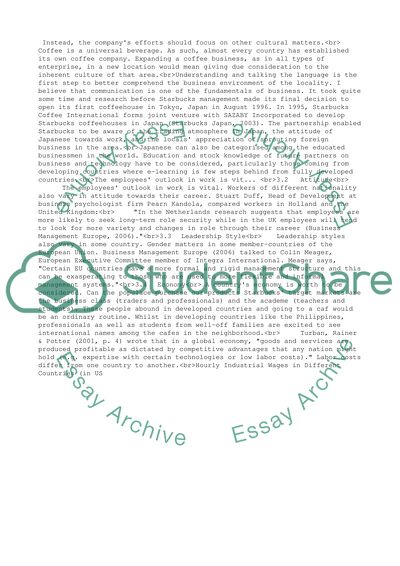Cite this document
(“Information Management Assignment Example | Topics and Well Written Essays - 6000 words”, n.d.)
Information Management Assignment Example | Topics and Well Written Essays - 6000 words. Retrieved from https://studentshare.org/business/1530482-information-management-assignment
Information Management Assignment Example | Topics and Well Written Essays - 6000 words. Retrieved from https://studentshare.org/business/1530482-information-management-assignment
(Information Management Assignment Example | Topics and Well Written Essays - 6000 Words)
Information Management Assignment Example | Topics and Well Written Essays - 6000 Words. https://studentshare.org/business/1530482-information-management-assignment.
Information Management Assignment Example | Topics and Well Written Essays - 6000 Words. https://studentshare.org/business/1530482-information-management-assignment.
“Information Management Assignment Example | Topics and Well Written Essays - 6000 Words”, n.d. https://studentshare.org/business/1530482-information-management-assignment.


